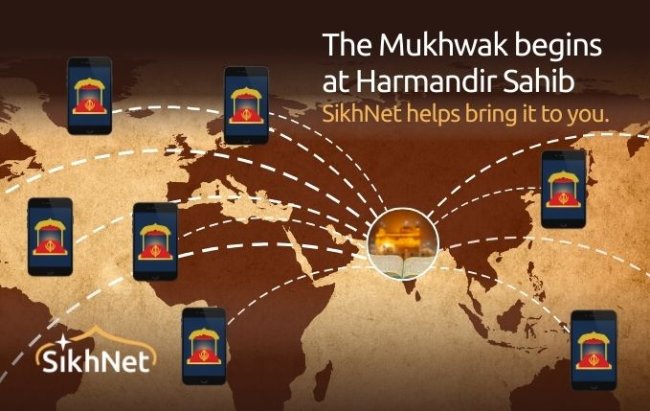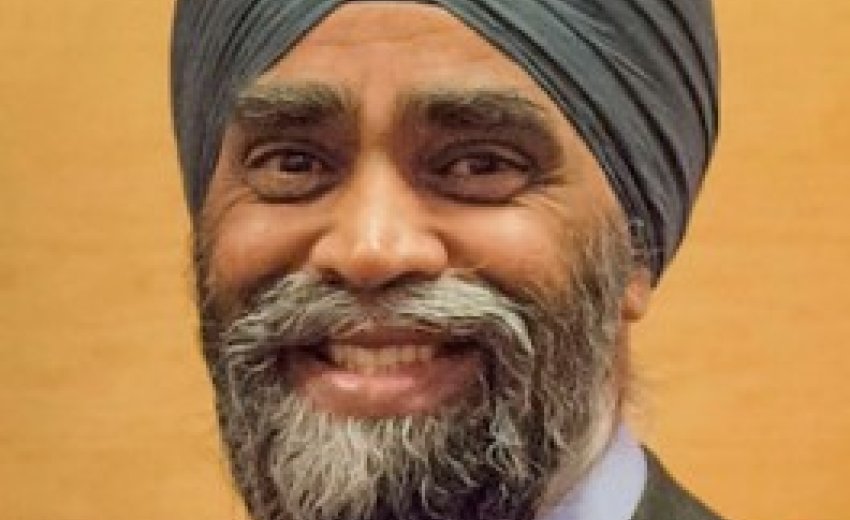By Ajit Maan
Best Defense guest commentator
June 2, 2016: On Veterans Day last year, twenty-seven retired U.S. generals, 105 members of congress, and 15 senators signed a letter demanding that the Pentagon lift the ban prohibiting American Sikhs from serving in the military. But the ban persists.
Their arguments, like all the other arguments in favor of lifting the ban, are based on the American ideals of inclusion, diversity, and religious tolerance. While I am in favor of diversity, inclusion, and religious tolerance, I would like to make the argument from another perspective — that of concern about the credibility of the American narrative. It is in the strategic and pragmatic best interests of the United States to allow observant Sikhs to serve in the military while bearded and turbaned.
Sikhs served in the U.S. military from WWI until 1981, when new regulations requiring uniformity of facial hair and headgear forced them to decide between violating their faith or serving their country — a very un-American choice to have to make.
The ostensible reason behind the military restrictions against beards and turbans is that both restrict the use of helmets and gas masks in case of a chemical attack. But the new Canadian Minister of National Defense, a veteran of three deployments to Afghanistan while bearded and turbaned, developed and patented a gas mask that can be worn over a beard and turban. That was ten years ago.
So what is the real reason behind the ban? I suggest that it is the lack of visual conformity that Sikhs represent.
The beard and turban are not matters of personal style but part of five articles of faith which originated during Mughal rule in India (1526-1707) when there was a price on the head of every Sikh, including women and children. In a show of force and resolve in defiance of the Mughal charter to convert to Islam or die, Sikhs distinguished themselves with their appearance, by growing their hair, as though to say “Here we are, come and get us if you dare.”
The second association of the beard and turban is with Seva, or Service. Sikhs are obliged to help those in need and defend the defenseless, irrespective of religion. Again, the appearance is intended to make Sikhs stand out, as people who can be approached for help.
Warrior/Saint ethos is what Sikhs bring wherever they go; military service is embedded in the culture. They have been actively recruited by the British military. Sikhs remain the backbone of the Indian military: The Sikh regiment is the most decorated of all. Almost half the Indian Army’s brigadier generals and half the major generals are Sikhs. There are almost 500,000 Sikhs in the United States and many of them want to serve their country, just as they did, primarily in combat roles, in WWII, when over 80,000 Sikh soldiers gave their lives serving with allied forces.
The Pentagon’s stance on this issue runs counter to what our armed forces are designed to protect.
How must this blatant inconsistency look to other nations? How can we have the moral authority to encourage ethnic cohesion among those we are trying to influence when we resist doing it on our own soil?
Our diplomatic and Influence Operations are not augmented by the appearance of not walking our talk.
It is in our strategic best interests to demonstrate that our policies are consistent with the ideals we promote. We need to maintain whatever credibility we have and shore it up where it has been damaged. We are sending operators into conflict zones to influence populations while saddling them with the burden of eroded credibility that policies like this create.
When this policy is overturned, and it will be, it ought to be done very publically. Doing so will feed into the American narrative — a narrative that is in desperate need of nourishment. I am not promoting allowing Sikhs to serve. I am advocating welcoming them to do so and letting the visible symbols of the Warrior/Saint ethos work in our favor.
We ought to get this policy out of the way and let our values take the lead.
Ajit Maan, Ph.D. is president of narrative strategies, partner at weSolve, affiliated gaculty at George Mason University and Union Institute and University, and co-editor, along with Brig. Amar Cheema, of the forthcoming book, Soft Power on Hard Problems: Strategic Influence in Irregular Warfare.
Photo credit: Adrian Cadiz/Wikimedia Commons

